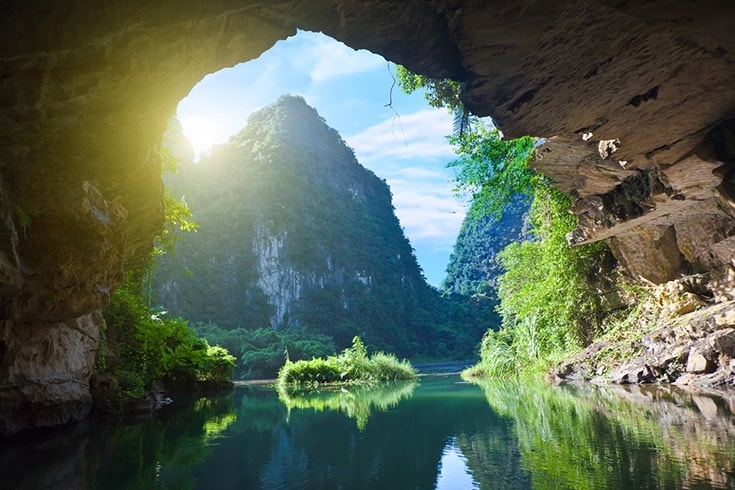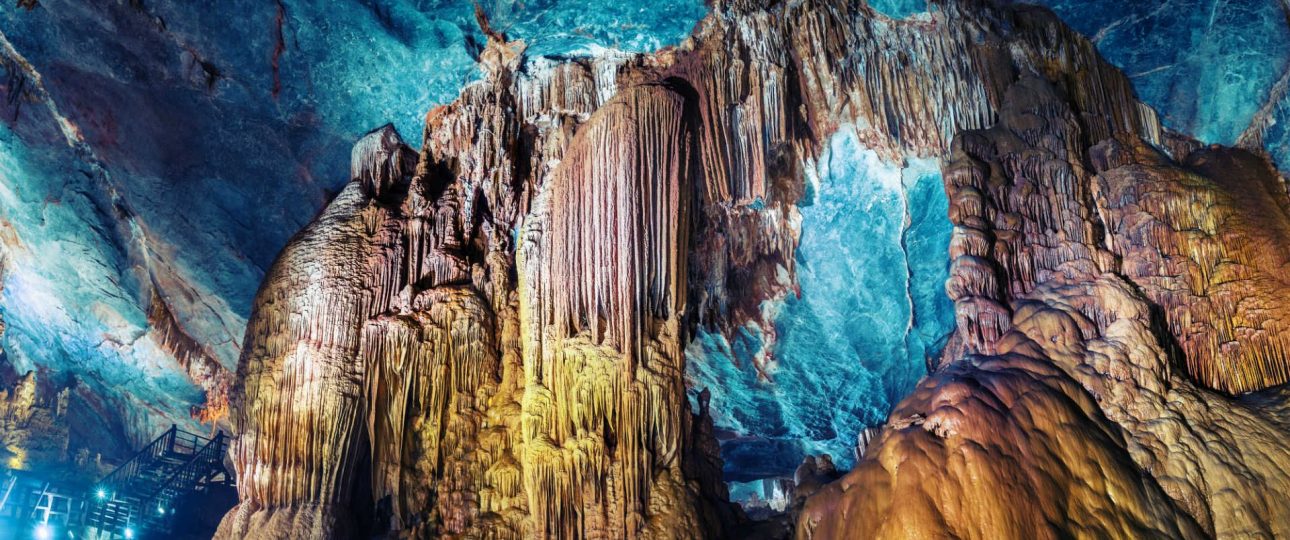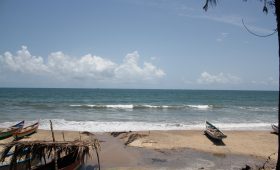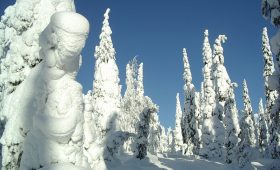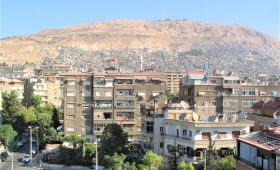Phong Nha-Ke Bang National Park: A Journey into Nature’s Marvels
Phong Nha-Ke Bang National Park in Vietnam offers an extraordinary blend of natural beauty and adventure. As a UNESCO World Heritage site since 2003, it protects one of the world’s largest karst regions, featuring over 300 caves and grottoes. My visit to this park was a deep dive into the wonders of nature, and I’m here to share the highlights.
Exploring the Caves
Son Doong and Beyond
The park’s caves are its crown jewels. Hang Son Doong, discovered in 2009 by British explorers, is the largest cave in the world. Walking through its vast chambers was like stepping into another world. The park also features other notable caves like Phong Nha and Thien Duong (Paradise) Cave, each offering unique formations and experiences. Renting a boat is necessary to access Phong Nha Cave, and it’s worth every dong for the surreal journey through its expansive interior.
Embracing the Landscape
Beyond the caves, the park’s landscape is a tapestry of karst mountains, lush forests, and pristine rivers. The biodiversity here is remarkable, with flora and fauna unique to this region. Hiking through the trails, I was surrounded by the sounds of nature, a refreshing escape from urban life. The Nuoc Mooc Spring Eco Trail is a must-visit for its serene bamboo bridges and paths along the river.
When to Visit
The best time to explore Phong Nha-Ke Bang is during the dry season, from February to August. The weather is more predictable, making the caves more accessible. However, be prepared for crowds during peak months. Visiting during the shoulder months can offer a quieter experience.
Getting There and Around
The nearest airport is Dong Hoi, with flights from major cities like Hanoi and Ho Chi Minh City. From Dong Hoi, you can take a taxi or a local bus to Phong Nha. The bus is an economical option, costing less than 40,000 dong. Once in the park, motorbike rentals are popular for exploring at your own pace. Taxis and local buses are also available, but be sure to plan your transportation in advance to avoid any hassles.
Phong Nha town, located just outside the park, offers various accommodations and dining options. Staying here provides easy access to the park while enjoying the local culture and hospitality.
Essential Facts
- Phong Nha-Ke Bang National Park covers a core zone of 857.54 km².
- The park is home to over 300 caves, including the world’s largest, Hang Son Doong.
- The climate is tropical, with the hottest months from June to August.
- Annual rainfall is high, with the wettest period from July to December.
- Local transportation includes buses, taxis, and motorbike rentals.
Phong Nha-Ke Bang National Park is a destination that challenges and rewards in equal measure. Whether you’re navigating its vast caves or trekking through its dense forests, the park offers an unforgettable encounter with nature’s grandeur.
